[TICAD8 Side-Event Report] Japan empowers Africa's vision of food resilience through rice production
October 7, 2022
In 2008, a target was set to double rice production in Africa to 28 million tons within 10 years. The goal, set under the Coalition for African Rice Development (CARD) initiative launched at the fourth Tokyo International Conference on African Development (TICAD) event, was reached. But this was not enough to meet the continent's ever-growing demand. CARD Phase 2 began at TICAD7 in 2019 to double rice production to 56 million tons by 2030. On August 22, an online side event to the TICAD8 event in Tunisia looked at the efforts so far, and discussed how to cope with emerging challenges.
Food security has emerged as an urgent global priority since the launch of CARD Phase 2. Supply chains, which are yet to fully recover from the COVID-19 pandemic, are under strain with the ongoing Russia-Ukraine crisis leading to a global grain shortage. There are also pressures from perennial issues like climate change, which has resulted in increasingly unpredictable weather patterns that can damage arable land.
One of the 32 CARD member countries is Madagascar, whose President, H.E. Mr. Andry Nirina RAJOELINA said that four major cyclones this year had left 178,000 hectares of farmland flooded and devastated.

H.E. Mr. Andry Nirina RAJOELINA, President of Madagascar
But Mr. Rajoelina noted how Madagascar, through CARD and the support by Japan International Cooperation Agency (JICA), has been preparing for the future by setting up seed laboratories, community banks and fertilizer plants, and dispatching farm workers to Japan for training in advanced agricultural techniques.
"Madagascar's objectives for 2030 are certainly ambitious, but they are realistic given the potential and assets that my country has," said Mr. Rajoelina. "We are determined to produce more, to produce better, so that the nation can be self-sufficient in food within two years."
JICA president Dr. TANAKA Akihiko, reflecting upon the achievements of the CARD initiative, said: "Rice cultivation areas in Africa have increased significantly over the past 10 years. But productivity improvements have also played a pivotal role in attaining rice production growth."
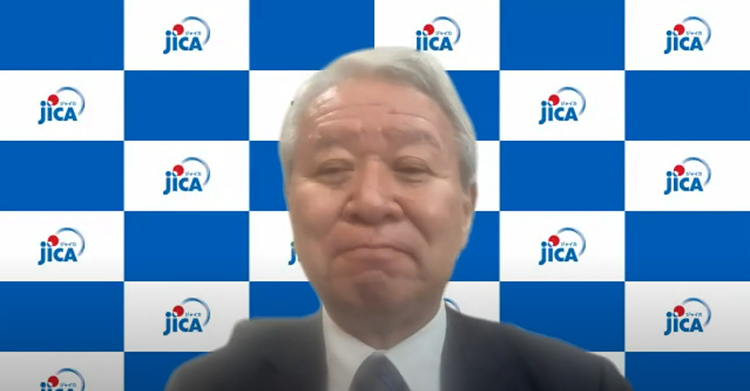
Dr. TANAKA Akihiko, President of JICA
CARD is a holistic effort in human capacity building and technology development that involves both the public and private sectors. Dr. Tanaka noted: "JICA has helped African farmers to increase rice production yields by strengthening the technical skills of workers and teaching appropriate rice cultivation methods to farmers."
Still, despite having doubled its harvests, Africa's demand is growing exponentially in line with its economic and population growth. The continent still imports about 15 million tons of rice a year at a cost of US$6.4 billion.
This means vulnerable and poor countries in Africa that heavily rely on food and fertilizer imports will feel the impact of the food crisis most acutely, while the continent will also remain susceptible to external pressures. The heavy outlay just to import rice also means less money available for other areas of development.
Yet experts at the side event said that Africa has the potential to not only be self-sufficient in rice production, but also harvest enough for export within the Africa Continental Free Trade Area and even beyond. Agriculture can also promote jobs for youth and women, thus stabilizing societies.
RAMPING UP PRODUCTION
Dr. Agnes Matilda KALIBATA, president of the Alliance for a Green Revolution in Africa (AGRA), cited figures from the Food and Agriculture Organization (FAO) to show how rice production in Sub-Saharan Africa had grown 134 per cent from 14 million tons to 33 million tons between 2008 and 2020.
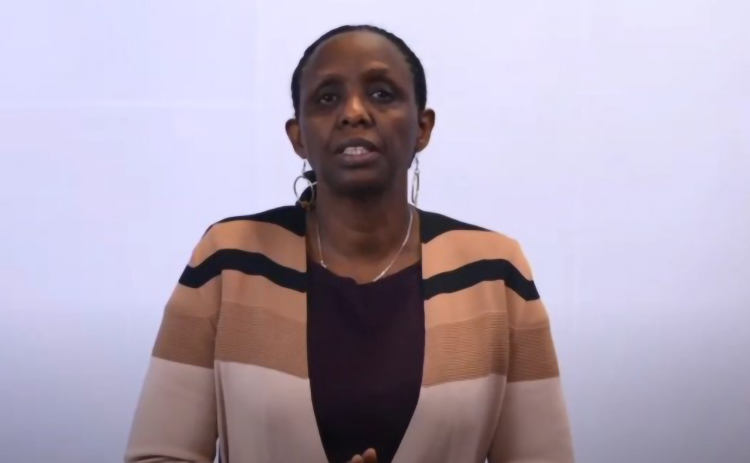
Dr. Agnes Matilda KALIBATA, President of the Alliance for a Green Revolution in Africa (AGRA)
Over the same period, the area of rice fields had grown by 106 per cent from 8 million to 17 million hectares. But yields only grew 13 per cent from 1.7 metric tons to 2 metric tons per hectare.
"The increase in production so far has been achieved by increasing area rather than improvements in yields. This must be an area of concern to all of us," she said. "We need to invest in widespread access to high-yielding varieties and extension for farmers. And we need to increase processing capacity."
She also pointed out that yields have been uneven across Africa. Some countries like Kenya, Niger and Rwanda average more than four tons of rice per hectare, which is comparable to the global average of 4.25 tons per hectare. Others have not been as successful.
Kobe University Professor Dr. OTSUKA Keijiro, who has led a research team to investigate improving rice value chains in Africa, said that one reason for this was a lack of education.
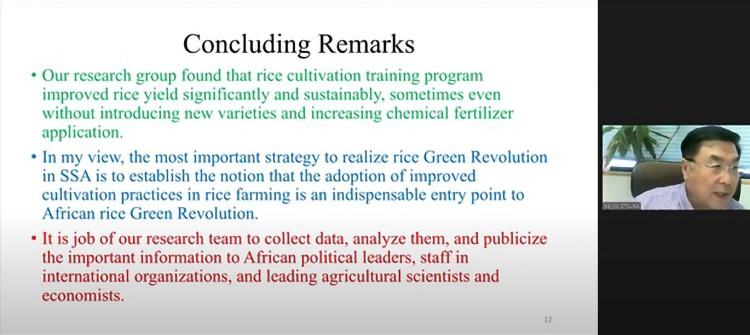
Professor Dr. OTSUKA Keijiro at Kobe University
He believed that many in the region still harbor the wrong perception that green revolution is equivalent to the "seed fertilizer revolution", in how the use of improved varieties of seeds and inorganic fertilizer would suffice.
But what was more important was cultivation management, including the construction of bunds, leveling and straight row transplanting, he said. For instance, many paddy fields do not have bunds, or earthen retaining walls, which means no water can be stored and weeds will grow.
Nagoya University Professor Emeritus Dr. ASANUMA Shuichi further noted that improving rice harvests is generally dependent on four factors: increase in area of irrigation paddy fields; enhancement of rice production through the use of better-quality seeds; dissemination of cultivation technology; and promotion of supply chains from cultivation to post-harvest treatment and quality checks of paddies by farmers.
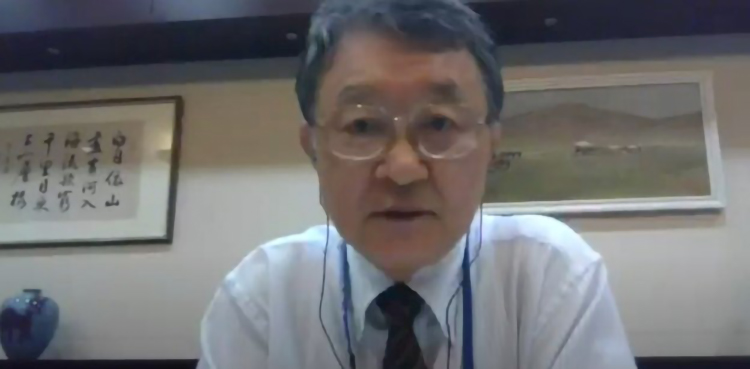
Dr. ASANUMA Shuichi, Nagoya University Professor Emeritus, Special Advisor to the Economic
Development Department at JICA
Dr. Asanuma, who is also a Special Advisor to the economic development department at JICA, said that the JICA will continue to build the rice cultivation industry by motivating farmers through training and upgrading skills that can result in better yield and better incomes.
This process will also involve human capacity development of researchers and officials who lead rice production efforts at the local level, because agriculture is dependent on the local environment and climate, he added.
The private sector also plays an important role. Mr. OOKA Makoto, Managing Director of Kubota Kenya, noted that mechanization is a key driver for expanding rice production as it decreases the costs involved and drastically cuts labor time.
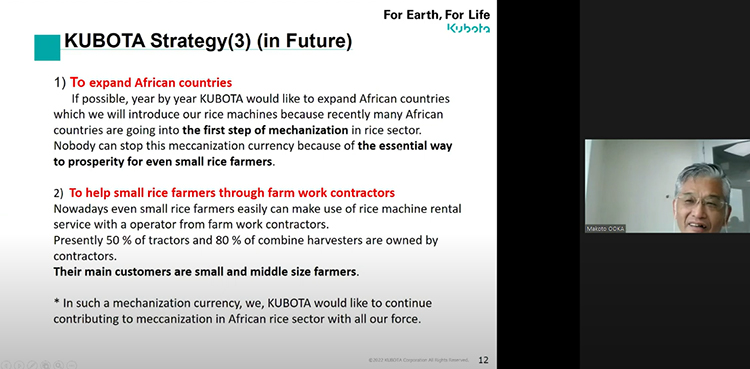
Mr. OOKA Makoto, Managing Director of Kubota Kenya
THE WAY FORWARD
Yet advances in agriculture technology also mean Africa must begin to consider digitalization of the sector and climate-smart practices, panelists said.
Dr. Abebe HAILE-GABRIEL, Assistant-Director General and Regional Representative for Africa at the FAO, said there was room "for the production system to be modernized along the whole value chain, to create a more efficient, inclusive and sustainable system that leads to improved product quality and a reduction of post-harvest losses".
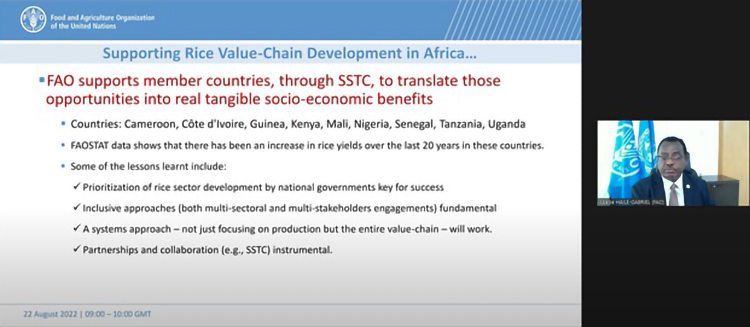
Dr. Abebe HAILE-GABRIEL, Assistant Director General and Regional Representative for Africa at the FAO
African Development Bank President Dr. Akinwumi Ayodeji ADESINA concurred, pointing out that it was also important to improve infrastructure and logistics. The bank pledged US$1 billion to establish "special agro-industrial processing zones".
He said, calling for JICA's support in this endeavor, that these areas will provide energy, roads, water and sanitation, digital infrastructure, warehousing and logistics within rice production zones where rice processors are located, so as to promote a more efficient and competitive rice production, processing, packaging and transport systems.

Dr. Akinwumi Ayodeji ADESINA, President of AfDB
Dr. Boladale Abiola ADEBOWALE, Executive Secretary for the Economic Community of West African States (ECOWAS) Rice Observatory, added that the information exchange and sharing of national rice development strategies in different regions of Africa will enable blocs to learn from one another.

Dr. Boladale Abiola ADEBOWALE, Executive Secretary for the Economic Community of West African
States (ECOWAS) Rice Observatory
Dr. HANEISHI Yusuke, General Coordinator for CARD Secretariat, introduced two achievements of CARD. One is doubling the rice production in Africa. The other is the formulation of rice strategy paper called National Rice Development Strategy by CARD Member countries.
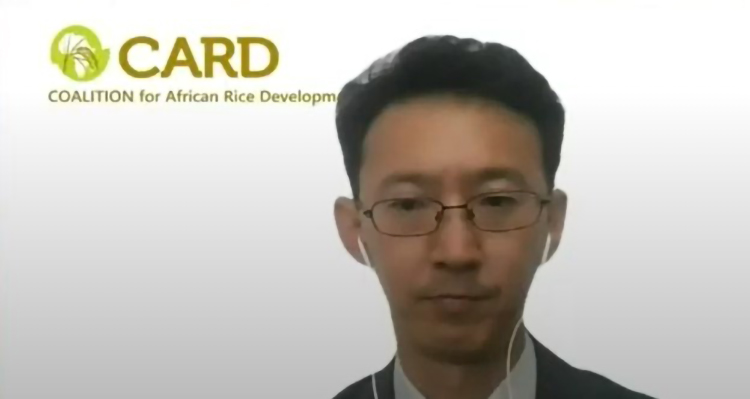
Dr. HANEISHI Yusuke, General Coordinator for CARD Secretariat
JICA Vice President Mr. KUBOTA Osamu said: "No single development partner alone can make a sufficient impact to achieve production targets. In addition to the efforts of individual organizations, further coordination and cooperation among the parties involved is essential."
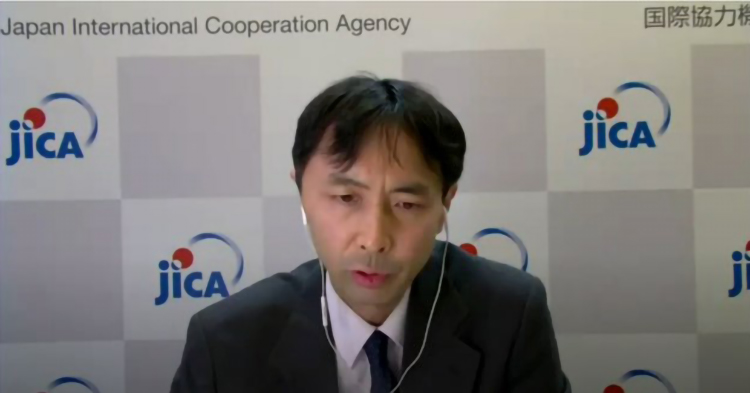
Mr. KUBOTA Osamu, JICA Vice President
Dr. Tanaka, JICA's president, said: "In the long term what is truly needed is to ensure that Africa can produce sufficient and stable quantities of food on their own, thus eliminating their over dependence on food imports and achieving the ability to respond to unforeseen circumstances."
The outcome, he said, is an "extension of sales channels and increasing rice consumption and the development of the rice industry in Africa (that) in turn will motivate farmers to produce more rice, leading to a virtuous cycle of increased rice production."

